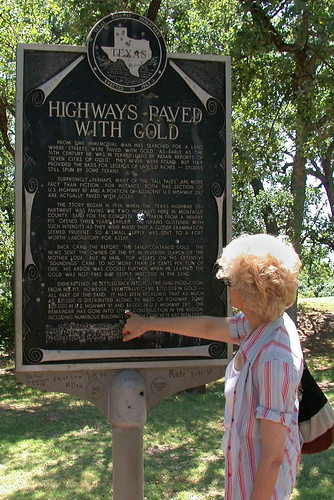Irish poet William Butler Yeats was born on 13 June, in 1865. His
natal chart and brief biography are at astro.com. William painted in words - his father,
John Butler Yeats, was an artist in the more traditional sense.
Rather than concentrate on the story of W.B. Yeats, his life and loves, a ponder upon one of his poems:
The Second Coming. This is a poem containing several memorable phrases which tend to pop up here and there, in quotation marks, in the work of other writers, so evocative have they become. Today's ponderings were first made some three years past,
in 2014. Since then I've noticed Yeat's poem coming up more and more frequently in writings on the internet, and in TV shows and, as it happens, it was quoted in full in a movie* we watched at the weekend, and about which I shall scribble in my next post.
The Second Coming was written in 1919, published in 1920. The title could imply a Christian theme, but Yeats was a mystic and occultist, not particularly impressed by organised religion, including Christianity. The poem goes deeper.
When Yeats wrote
The Second Coming the world in general was in a state of shock in the aftermath of The Great War (1914-1918). His own, Irish world, was in the throes of upheaval as Irish revolutionaries, many of whom he counted as friends and/or lovers, attempted to rid Ireland of centuries of British rule. Those facts indicate the poet's state of mind and emotions as he wrote. This poem, though, can be enjoyed like a painting from which each viewer draws a slightly different meaning, or like some modern song lyrics which, on the surface, seem nonsensical, but from which each listener is able to find their own meaning.
THE SECOND COMING
Turning and turning in the widening gyre
The falcon cannot hear the falconer;
Things fall apart; the centre cannot hold;
Mere anarchy is loosed upon the world,
The blood-dimmed tide is loosed, and everywhere
The ceremony of innocence is drowned;
The best lack all conviction, while the worst
Are full of passionate intensity.
Surely some revelation is at hand;
Surely the Second Coming is at hand.
The Second Coming! Hardly are those words out
When a vast image out of Spiritus Mundi
Troubles my sight: somewhere in sands of the desert
A shape with lion body and the head of a man,
A gaze blank and pitiless as the sun,
Is moving its slow thighs, while all about it
Reel shadows of the indignant desert birds.
The darkness drops again; but now I know
That twenty centuries of stony sleep
Were vexed to nightmare by a rocking cradle,
And what rough beast, its hour come round at last,
Slouches towards Bethlehem to be born?

The gyre, at the heart of this poem refers to something those keen on astrology's principles understand well - cycles - here further expanded to the form of an ever-widening sprial.
The gyre reaches a point wide enough that a symbolic falcon flies beyond control of its keeper and becomes destabilised. Astrology's 2,100-year Ages fit the gyre imagery, I think.
Yeats had lived through the opening of the 20th century - 2,000 years from the birth of Christ - and speculated that a new "coming", or awakening, or major change of some kind, was to be expected, though not an exact repeat of the last one. I understand that Yeats' book
A Vision details his beliefs in this direction.
"Things fall apart; the centre cannot hold": each generation might see a different reference there. Things going too far....too much excess, too much progress, too much control, too much technology, more and more until..... "
mere anarchy" emerges (the word 'mere' is used here in its ancient meaning of pure and unadulterated).
"
The best lack all conviction, while the worst are full of passionate intensity." We can all relate those words to something familiar today, to apathetic and passive citizens as against the overly intense on both sides of the political divide.
The second part of the poem proceeds to speculate "what next then?" The poet has a vision of what seemed like the Sphinx in the desert, birds wheeling overhead, but representing what? Life as it was lived before Christ - a pagan world? Then darkness fell as Christianity emerged to bring about change? 2,000 years on Yeats expected another "coming", some as yet unknown event or "beast" to emerge and change things yet again, as Christ's coming had changed things last time around.
The
"slouching" imagery indicates to me a slow, murky advance with no glorious overtures. I can easily identify
that something coming, advancing slowly, while the best of us lack all conviction, and the worst are full of passionate intensity; something which will, inevitably, change things for us all.
See? Time, even since 2014 ponderings, has given the poem a potential newer meaning, something which Yeats could never have envisioned in detail. An original meaning is still there, but exists a little further back on the loop of that ever-widening gyre. As the gyre continues to widen, scenes will further change.
Regarding that *movie I mentioned - more in next post.












































